SeaWorld has gotten bad press in the past few years, especially after the Blackfish documentary. But is SeaWorld STILL Bad? Let’s dive in...
SeaWorld Properties
SeaWorld has three parks in the United States, not including their Busch Gardens locations, water parks, and Sesame Place in Philadelphia. We are talking about the specific “SeaWorld” parks that are famous–or infamous–for their shows starring orcas, dolphins, and other animals. There is SeaWorld Orlando in central Florida. SeaWorld San Diego is in southern California. Lastly, SeaWorld San Antonio is in Texas.
The Controversy
Any park or zoo that keeps animals in captivity deals with a little bit of controversy. Keeping animals in captivity is controversial in general. However, SeaWorld has received a lot more backlash than usual after stories of whale-on-whale aggression, whale-on-trainer aggression/incidents, mistreatment, misinformation being shared at the parks that make SeaWorld look better than it is, etc. The controversy really became most popular especially the death of trainer Dawn Brancheau. Three years later, there was the Blackfish documentary.
Blackfish:
Blackfish is the renowned 2013 documentary all about SeaWorld killer whales–orcas, as they are technically named. The star orca of the film, Tilikum, was the largest mammal held in captivity while he was alive. He was also responsible for the deaths of three different people on three different occasions. He attacked and killed Sealand of the Pacific trainer Keltie Byrne in 1991, 27-year-old patron Daniel P. Dukes in 1999, and 40-year-old SeaWorld trainer Dawn Brancheau in 2010.
The documentary also highlights the controversy of holding large animals like killer whales in captivity. It implies that the captivity and treatment of the animals led to a psychosis and violent streak in Tilikum, which then resulted in the aforementioned deaths. Tilikum might have been the focus of the film, but it also showed that orca-on-trainer aggression is not uncommon for other orcas too. At the time of writing, you can watch the full documentary on Hulu.
PETA:
PETA (or “People for the Ethical Treatment of Animals”) has been outspoken regarding SeaWorld’s practices for a long time, but people started taking them more seriously after the controversy came to light. They have made YouTube videos about it, held protests, and even taken over actual SeaWorld shows.
The General Public:
The public backlash against SeaWorld has been brutal–and rightfully so, for the most part. People have created, signed, and distributed petitions for the park to set the Orcas free. Sometimes, all students at an entire school have vowed never to buy another marine park ticket. SeaWorld has definitely heard the public’s cries, seen the decline in attendance, and felt the loss of its positive reputation.
In SeaWorld’s Defense…
SeaWorld rebutted the claims made by Blackfish and other media sources about the treatment of the whales, as well as what led to Dawn’s passing. While their response is to be expected, other former SeaWorld trainers have also spoken against the film. In fact, even some of the trainers who were in the film also spoke out against it. They claim that the filmmakers presented an idea to them that was completely different from what they saw in the movie. Most of the trainers in the film seemed to have thought it was a more positive view of their time at SeaWorld. Even they claim that a lot of the documentary was misleading.
Since Brancheau’s death, and even before Blackfish‘s release, SeaWorld made extensive changes to their rules, procedures, training, and shows to increase the safety of both trainers and orcas. Before the film was released, trainers stopped performing in the water with the whales. After the film’s release, SeaWorld stopped capturing new whales and even announced that they would no longer breed whales either.
Why not release the orcas?
In 1993, the hit movie Free Willy premiered. In the film, a little boy helps free a killer whale from the marine life park in which he was confined. Ironically, the movie’s star–Keiko the killer whale–still lived in captivity for several years after the movie’s debut. Fans and activists campaigned for his release. Eventually, he was brought to a sea sanctuary to be trained on how to survive in the wild. They tried after a while to release him. To see if it worked, they used modern technology to track him.
One problem: The key to Keiko’s survival was that he returned to his family. After using skin tests, acoustic recordings, etc. to find Keiko’s pod, they found some orcas with genetic ties to him. However, when placed in the ocean with them, Keiko chose to stay near the boats full of people as the pod swam away. Why? He was so dependent on people that he never understood what a real family, or pod, was. People giving him food was all he knew.
They tried again a while later. This time, Keiko stayed with the pod while the boats left him. Upon tracking him, though, they realized he had not been following fellow orcas anymore. He had been following boats full of humans off the coast of Norway. There, he stayed and basically became another tourist attraction for another five years until his death. He was still fed by people and still completely dependent on them for survival.
This attempt at training and reintegrating Keiko lasted about a decade. It was still “a complete failure,” says Naomi Rose–former Senior Scientist of the Humane Society of the US. With this in mind, can these animals be safely released into the wild? Not likely. It’s unfortunate, but true. Yes, SeaWorld may have made mistakes in the past but they seem to be doing their best now to make it right.
So, is SeaWorld Still Bad?
As far as the actions that led to their ‘bad’ reputation, those things seem to have changed for the better. The animals seem to be taken care of in a better environment than before–though not ideal. It’s unfortunate that the “ideal” is not safe anymore. So, with that ‘ideal’ out of the question, SeaWorld is the ideal for these animals now.
The Future of SeaWorld
Since they will no longer be capturing or breeding the orcas or dolphins, we have the youngest orcas’ and dolphins’ lifetimes left to visit them at SeaWorld. After that, there will be no more live orcas or dolphins in captivity at SeaWorld. What will SeaWorld do then? In the last few years, the parks have been slowly shifting the focus of their brand from live killer whale shows to roller coasters, rides, and even kiddie attractions like Sesame Street. SeaWorld is slowly, but surely, shifting from a marine-life park to a marine-life-themed park. This means that they may celebrate marine life, help with conservation, educate the masses, and inspire millions once again without capturing, breeding or exploiting marine life. Honestly, if they can do it right, we are here for it! Ultimately, only time will tell. In our opinion, though, the future does look bright for SeaWorld.


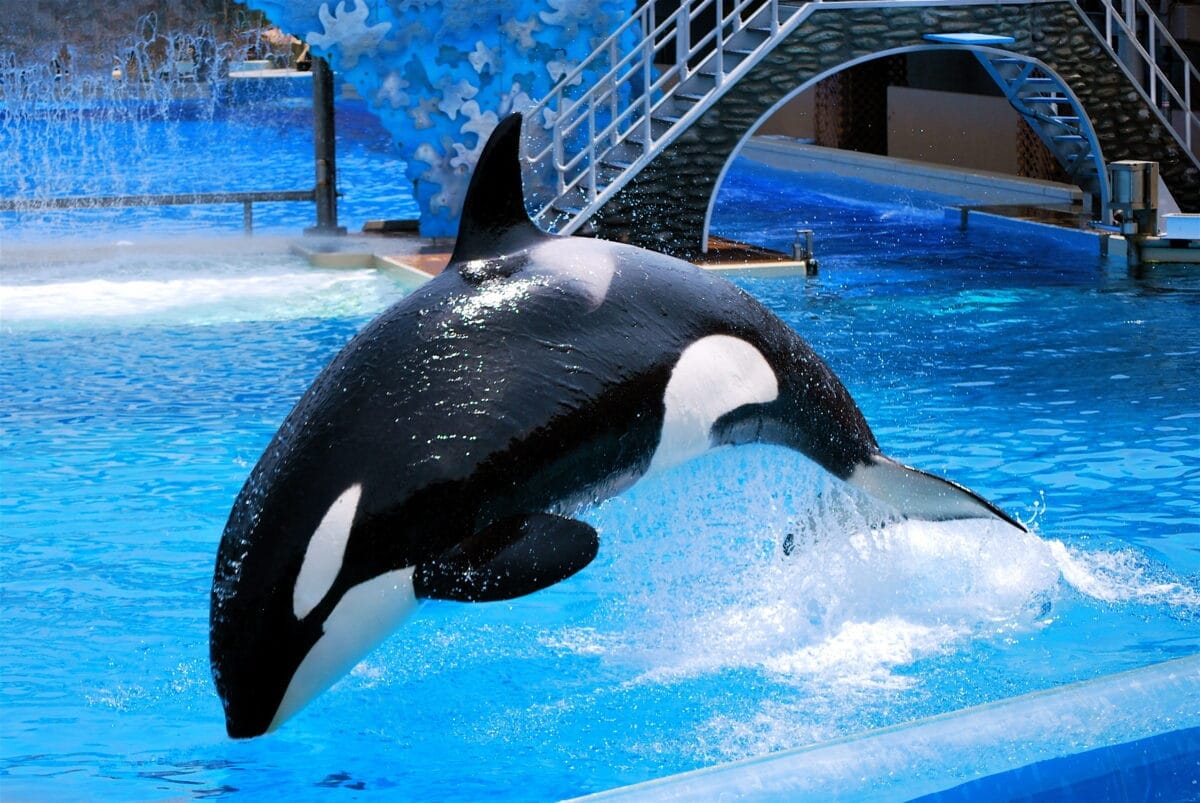
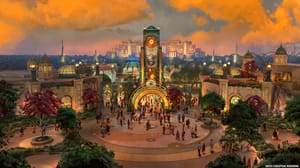


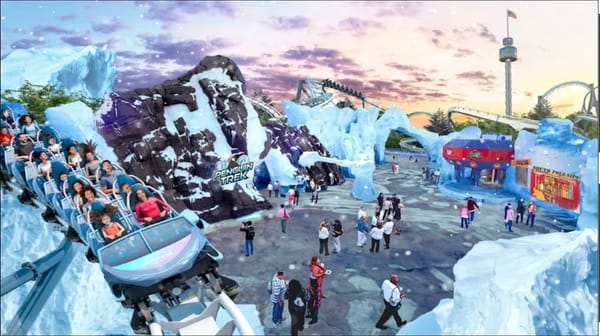
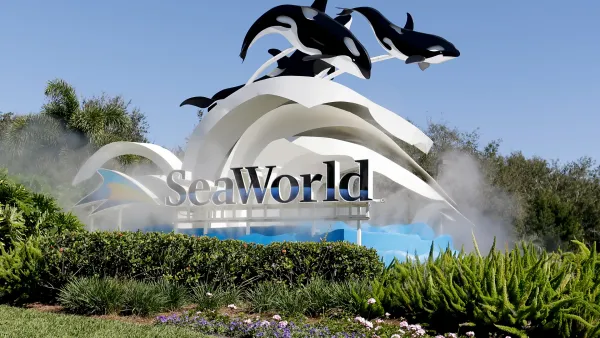
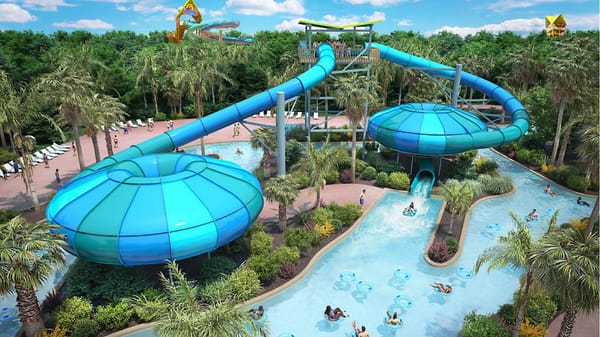
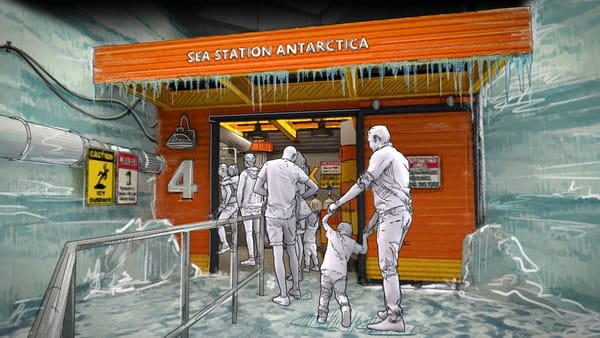

Member discussion